FDA Requests that Deworming Product Labels Contain Info About Antiparasitic Resistance
January 24, 2019 Comments Off on FDA Requests that Deworming Product Labels Contain Info About Antiparasitic Resistance
Resistance to dewormer products currently available on the market has caused the FDA to invoke a request that animal drug companies voluntarily revise their product labels for their approved anthelmintics used in livestock, including horses.
Continue reading …From The Lab: Assisted Reproduction In Mares and Stallions
January 23, 2019 Comments Off on From The Lab: Assisted Reproduction In Mares and Stallions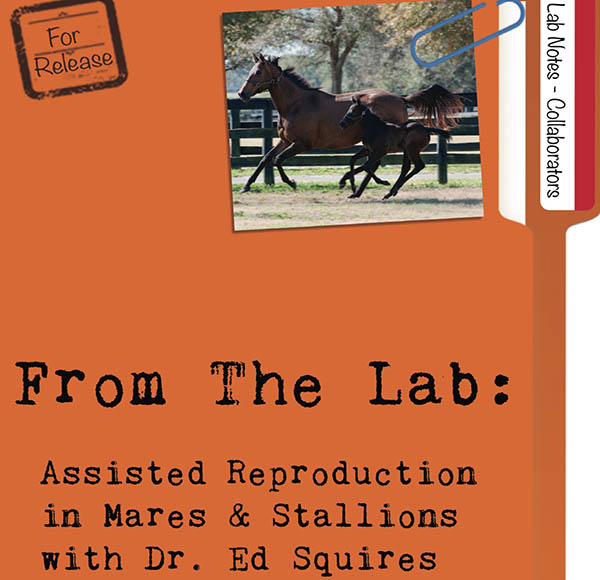
Embryos can be biopsied without harm and that material can be used for determining sex, the potential of genetic diseases, and the potential color coat of a foal.
Continue reading …Is There a Parasite Resistance Crisis Brewing?
January 19, 2019 Comments Off on Is There a Parasite Resistance Crisis Brewing?
The overuse of dewormers brings with it increasing likelihood of even larger equine internal parasite populations that have developed resistance to current dewormers on the market.
Continue reading …Horse Behavior and Safety Online Course For Teens and Adults
January 18, 2019 Comments Off on Horse Behavior and Safety Online Course For Teens and Adults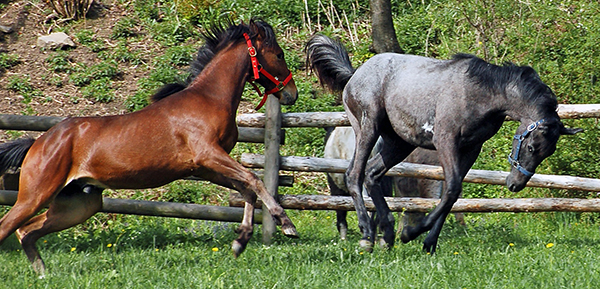
Horse language is typically subtle. Ever notice how one horse can move the others away from a food source in the paddock simply with a look? Humans do not always pick up on this subtle body language. A cranky look with flattened ears when an ill-fitting saddle is applied often goes missed or dismissed. A horse that resorts to kicking may be turning up the volume on signals that have been ignored for quite some time. So we need to ask ourselves, does this horse kick for no reason?
Continue reading …“Harebrained Approach” to Treating Depression With Horse Tranquilizer Turns 10 Years Old
January 17, 2019 Comments Off on “Harebrained Approach” to Treating Depression With Horse Tranquilizer Turns 10 Years Old
When psychiatrist David Feifel established the first program using the anesthetic drug ketamine to treat patients with depression, many considered it a harebrained idea. Today ketamine is considered the biggest psychiatric breakthrough in 50 years.
Continue reading …Developing a Horse Manure Management Plan- Part 1- Volume and Collection
January 7, 2019 Comments Off on Developing a Horse Manure Management Plan- Part 1- Volume and Collection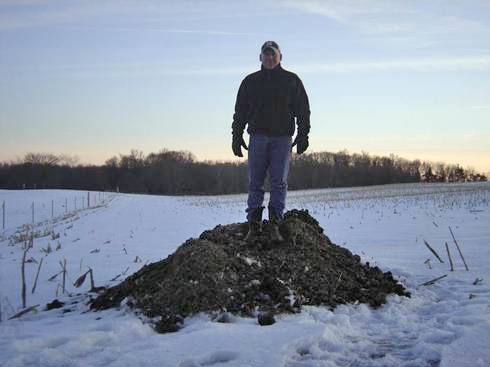
In general terms, a 1,000 lb. horse will produce approximately 50 lbs. of manure in a day. Below is an example calculation.
Continue reading …Palm Equestrian Academy Will Host 5th Annual Series of Competitions at Fox Grove- Trail Challenge, Agility, Dressage, Ranch Riding
January 7, 2019 Comments Off on Palm Equestrian Academy Will Host 5th Annual Series of Competitions at Fox Grove- Trail Challenge, Agility, Dressage, Ranch Riding
Trail Challenge competitions consist of 4 levels including Training, Intermediate, Master and Elite. Those levels are for Youth and Adult with all breeds of horses. By popular demand, the Agility Class remained for those in hand participants and Leadline was added for the youngest riders. Dressage shows are qualified for Western Dressage Association of Florida Year End Awards and are recognized for WDAA Lifetime Awards Program. Each show offers tests from Introductory Level to Level 4 with a Traditional English Dressage Test of Choice. New in 2019, Ranch Riding will be added to the lineup in March.
Continue reading …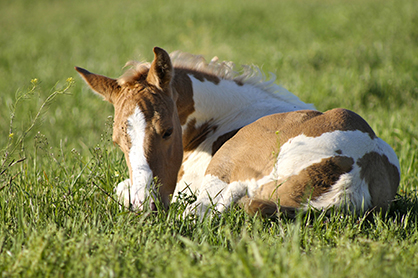
“This lack of maternal transfer of immunity is somewhat of an evolutionary drawback, leaving foals highly susceptible to threatening infections, especially, pneumonia, joint infections, and sepsis,” noted Kathleen Crandell, Ph.D., a Kentucky Equine Research nutritionist.
Continue reading …How to Keep Your Horse at His Optimal Winter Weight
January 3, 2019 Comments Off on How to Keep Your Horse at His Optimal Winter Weight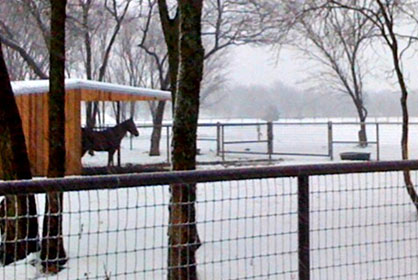
The average 1,000-pound horse needs about 13,500 calories to operate each day. Add in some cold weather, and he’s probably burning closer to 15,000 to keep warm. Because they’re burning extra calories, it’s not uncommon to see horses shed a bit of weight in the colder weather.
Continue reading …Farrier Tim Shannon and Dr. Marvin Beeman to Headline 33rd Annual Heumphreus Lecture at UC Davis
January 3, 2019 Comments Off on Farrier Tim Shannon and Dr. Marvin Beeman to Headline 33rd Annual Heumphreus Lecture at UC Davis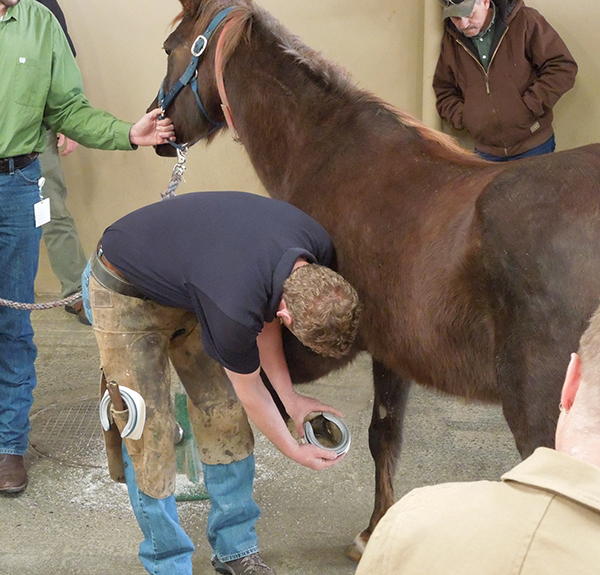
The 2019 Heumphreus Lecture will explore the core concepts of anatomy, form and function from the perspectives of the farrier and veterinarian. The morning lecture session will include Southern California farrier Shannon presenting “Anatomy Decoded” and Colorado veterinarian Dr. Beeman sharing his ever-popular lecture on “The Relationship of Form to Function.”
Continue reading …







